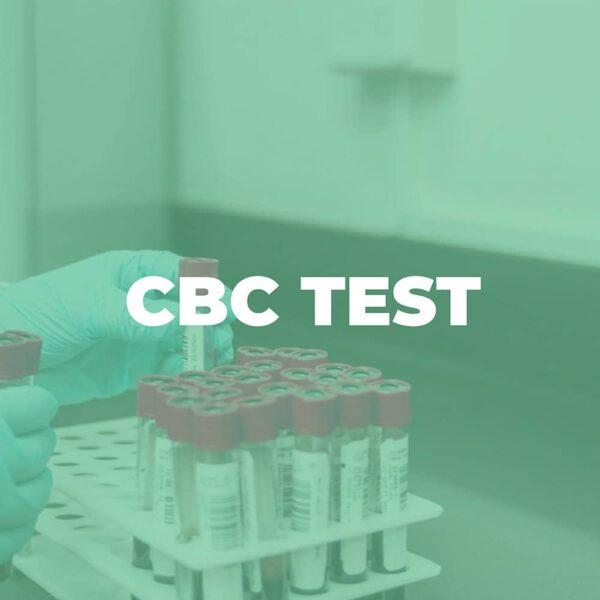Preparation for Lipid Profile Test
To ensure accurate results, it is important to follow these preparation guidelines before your lipid profile test:
Lipid profile test fasting: You should fast for 9 to 12 hours before the test, meaning no food or drink (other than water) during this time.
Avoid certain medications: Some medications can affect lipid levels, so it is important to let your doctor know about all the medications you are taking, including over-the-counter and herbal supplements. Your doctor may advise you to stop taking certain medications before the test.
Limit alcohol consumption: Alcohol can affect lipid levels, so it is best to avoid alcohol for 24 hours before the test.
Procedure for Lipid Profile Test
The lipid profile test procedure is a simple and painless procedure that involves drawing a small sample of blood from a vein in your arm. The blood sample is then sent to a laboratory for analysis. The whole process typically takes about 30 minutes.
Understanding Lipid Profile Test Parameters
The lipid profile test measures four different components in your blood:
Total Cholesterol: This is the sum of all the different types of cholesterol in your blood, including HDL and LDL cholesterol. A total cholesterol level of 200 milligrams per deciliter (mg/dL) or higher is considered high, putting you at an increased risk for heart disease.
HDL Cholesterol: This is known as the “good” cholesterol because it helps to remove excess cholesterol from your bloodstream and reduce your risk of heart disease. A level of 60 mg/dL or higher is desirable.
LDL Cholesterol: This is known as the “bad” cholesterol because it contributes to plaque buildup in your arteries, increasing your risk of heart disease. A level of 130 mg/dL or higher is considered high.
Triglycerides: Triglycerides are a type of fat in your blood and high levels can contribute to heart disease. A level of 150 mg/dL or higher is considered high.
The ratio of total cholesterol to HDL cholesterol is also an important consideration in assessing your heart health. A ratio of 4.5 or lower is desirable, indicating a lower risk for heart disease.
Lipid Profile Test Results Assessment
In a Lipid profile test, the levels of different types of fats in the body are assessed. Lipid profile normal values include total cholesterol levels of less than 200 mg/dL, HDL (good) cholesterol levels of at least 40 mg/dL for men and 50 mg/dL for women, LDL (bad) cholesterol levels of less than 130 mg/dL, and triglycerides levels of less than 150 mg/dL. It’s important to keep the lipid profile within the normal range as elevated levels can lead to an increased risk of heart disease. Regular monitoring and lifestyle changes, such as healthy eating and regular exercise, can help maintain a normal lipid profile.
The results will also provide a baseline for monitoring your lipid profile in the future.
Cost of Lipid Profile Test
Check Out Our Full Body Checkup Packages Including Lipid Profile Tests Today.
FAQ's on Lipid Profile Test
The lipid profile test is usually performed by drawing a blood sample, which is then analyzed in a diagnostic lab or pathology laboratory.
Some lipid profile tests can be performed at home using a finger-prick blood sample, but more comprehensive tests usually require a visit to a diagnostic laboratory.






